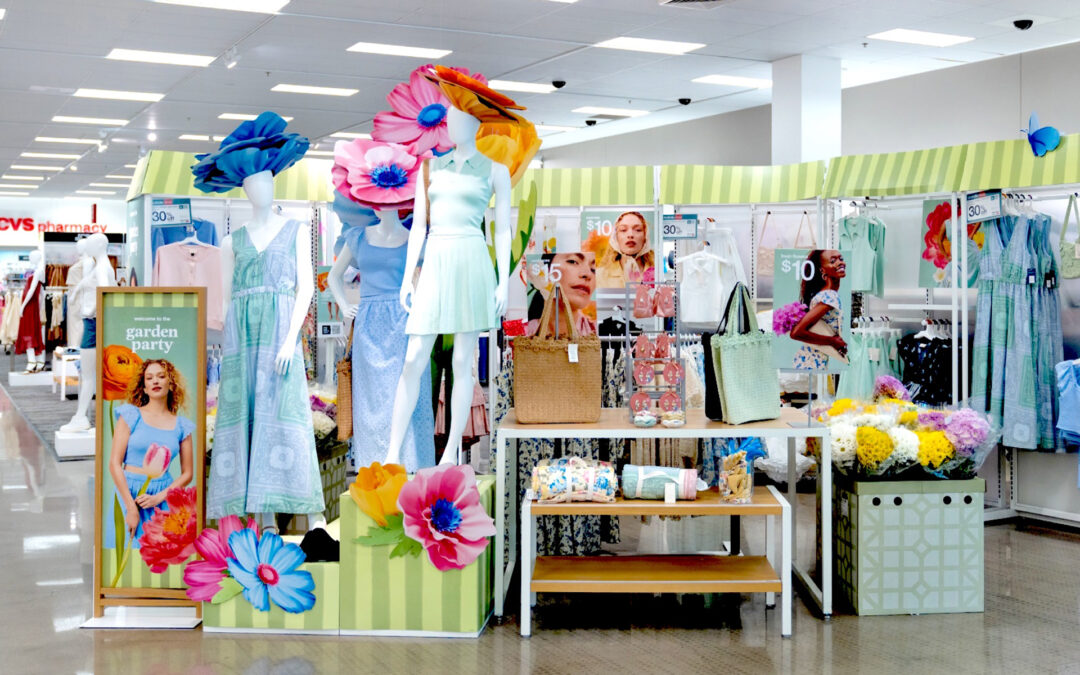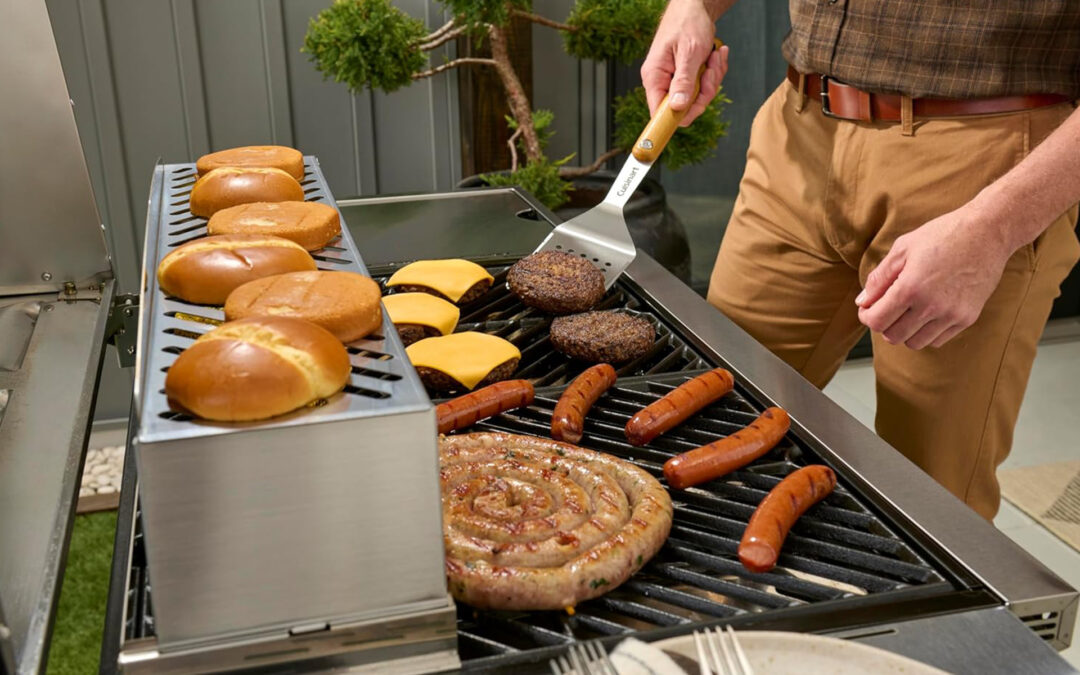In February 2024, U.S. retail sales revenue, including discretionary general merchandise and consumer packaged goods, remained flat as units declined 1% versus the same month in 2023, according to Circana.
Discretionary general merchandise spending declines continued, down 5% in dollars and 4% in unit sales versus February 2023. As for CPG categories, food and beverage year-over-year sales revenue grew 1%, with unit sales coming in flat. Non-edible CPG sales improved slightly, with 2% revenue growth but a 1% unit decline, Circana stated.
Areas of the greatest growth over the past year reflect some specific consumer priorities, Circana added, such as:
- Consumers are concerned with both work and play, spending money on sports equipment and tailored apparel.
- Shoppers pampered themselves with skincare, but they also maintained their cars.
- Consumers prioritized spending on pet supplements, paper towels and toilet paper.
- Shoppers responded to both social and promotional influences, propelling the portable beverageware trend and influencing the challenged technology and toy industries.
Consumers have been significantly affected by price changes across retail for the past few years. Each retail segment Circana looked at over the past year reached a 25% or more price elevation compared to 2019, the market researcher maintained. While changes in general merchandise pricing have been more volatile, with dramatic spending shifts compared to the evolutionary shifts in retail food and beverage, non-edible CPG and quick-service restaurants, the influence of resulting changes in consumer behavior has had a corresponding effect on sales volume.
“Consumers are settling into their new spending pattern of buying what they need as they go,” said Marshal Cohen, Circana’s chief retail industry advisor, in announcing the monthly retail result. “They are not overextending themselves financially, but they are not going without, either. This prioritization emerged in discretionary spending over the last two years and is now becoming evident in some of the more essential retail food and beverage spending behavior. Spending on retail food and beverage has stabilized, and watching the exchange between food and general merchandise — or discretionary and nondiscretionary spending — is particularly critical. Distractions like the economy and politics are not currently instigating panic in the consumer, and changes to interest rates have yet to be realized. However, these are all realities with the potential of significantly impacting the way consumers think about their purchases and how they prioritize and allocate their spending.”





